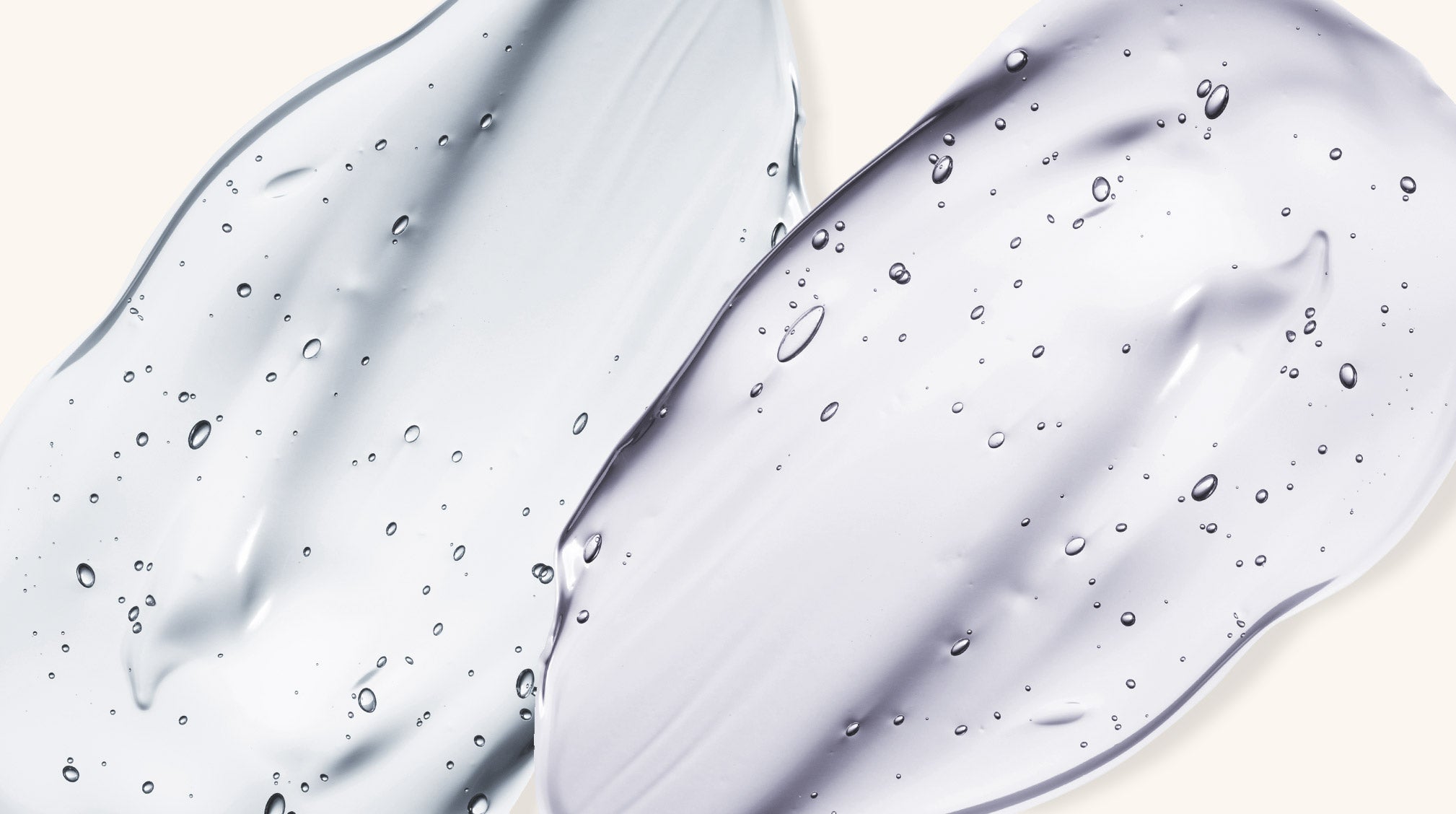
There's no denying it: Acids are having a moment right now in the skincare world and with good reason. They're chemical exfoliators that help eliminate dead skin cells to reveal a brighter, smoother complexion, and who doesn't want that?
The fact that there are many different kinds of acids, though, each serving a different purpose, certainly makes them intimidating to use. Even the thought of putting acids on your face can be scary, but we promise there's nothing to fear. Acids are highly effective and worthy of a spot in your skincare routine.
Below, we cover the difference between two of the most raved-about acids: lactic and glycolic acid, their benefits, and important things to know before incorporating them into your regimen.
First things first, what are AHAs and BHAs?
As you dive into learning about acids, you can easily become confused by all the names and abbreviations. So let's back up for a second before digging into glycolic and lactic acid.
There are two main types of skincare acid types: alpha-hydroxy acids (AHAs) and beta-hydroxy acids (BHAs). Both of these exfoliate the skin, but they have different chemical structures and work in different ways. BHAs are oil-soluble and penetrate the pores deeply and help to unclog them. AHAs, on the other hand, are water-soluble and help break down the outermost layers of dead skin cells.
What is glycolic acid?
Glycolic acid is an AHA, so it helps remove dead skin cells from the outer layers of the skin, which in turn helps brighten the skin and improve pigmentation. And without the dead skin cells in the way, products you apply on your skin after such as serum and moisturizer can penetrate the skin deeper. Plus, glycolic acid also stimulates collagen production, which helps reduce the appearance of fine lines and wrinkles. With all those benefits, it's no wonder you'll spot the popular ingredient in many cult-favorite skincare products.
So who is it best for? Glycolic acid is suitable for most skin types. However, if your skin is more on the sensitive side, inflamed, or cracked, it may cause more irritation.
It's also worth noting that the more concentrated the product is, the better and faster you'll see results. A glycolic peel you'd get with a professional, for instance, will create quicker results than an over-the-counter product.
What is lactic acid?
Lactic acid, which is found in milk, is also an AHA chemical exfoliator, so it works similarly to glycolic acid at sloughing off dead skin cells. The difference is lactic is more gentle, so it's great for those with sensitive skin. It's also very hydrating so you can use it not just on your face but all over your body too. If you're looking for more dramatic results, though, glycolic acid is the way to go.
Things to note before using AHAs
Check with your dermatologist.
Although both lactic and glycolic acids are generally safe for most people to use, if you have sensitive skin, it's always best to check with your dermatologist first before introducing something new to your skincare routine. Also, some acids shouldn't be combined with other acids or skincare ingredients. So check with your derm to be safe.
It'll feel tingly.
Skincare acids are potent and powerful, so it's perfectly normal to experience some tingling sensations when you apply them to your skin. However, it should never burn, cause pain, or make your skin red, irritated, or itchy. If this happens, stop using the product.
Slather on the SPF.
Since both lactic and glycolic acids remove dead skin cells, this can make your skin a bit more sensitive to sunlight. So be sure to apply your SPF before leaving the house to prevent sun damage.
Results can take some time.
Although it is possible to notice a difference in your skin after the first use, typically with acids, it'll take some time to see results. You'll likely start noticing differences in a week or two in terms of brightness of the skin. For visible changes with fine lines and wrinkles, it'll take around 12 weeks until you notice improvements.
With that said, if you're looking for a faster, easier, and non-intimidating way to dip your toes (er, skin) into using acids to achieve a brighter complexion, check out Hero's new Micropoint for Dark Spots.
Dark Spots features 173 hyaluronic microneedles that deliver brightening ingredients directly to the dark spots blemishes tend to leave behind—the result: radiant, even, glowing skin. Say buh-bye to dark spots for good.
[[product-ad]]












.png?v=1663017252122)
